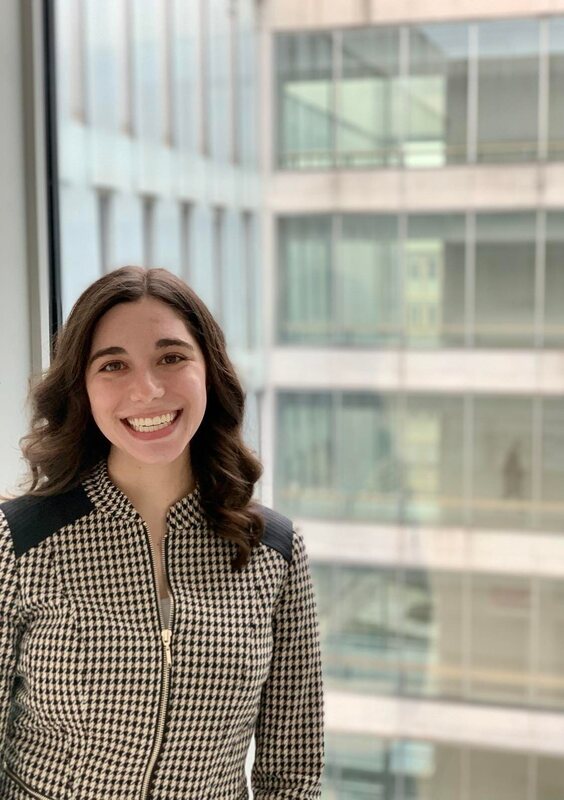|
Padova, Italy. Photo credits: Filippo Orvieto via Unsplash The pandemic world has become one of paradoxes and Januses. It has never been so quiet in our streets and loud on our social media feeds; so lonely in our cities and crowded in our hospitals; or so packed in our households and peaceful in deserted markets. It’s just downright confusing as a human to live through so many opposing parallels all at once. This world has been full of challenges and lessons this year. For me, one of the biggest has been trying to make sense of the world and this new reality. Where do you begin? How do you create some order out of the chaos?
The word ‘empathy’ comes to mind. It has been both abundant and severely lacking through the pandemic. For every friend that went above and beyond for me, there was a neighbor or stranger that refused to wear a mask in my personal space. I think we’ve collectively come to understand that only science, faith, and empathy can get us through such a massive public health and economic crisis. And so I’ve started to consider what is at the heart of empathy and what it represents. My mind instantly turns to allegories, as analyzing paintings (by others of course!) has become my modus operandi for solving a puzzle or finding deeper meaning. I can’t recall seeing any allegories of empathy in art galleries that I’ve visited, but the closest I’ve seen is the Allegory for Peace at the Archaeological and Civic Museums of Padova. While I expected, upon reading the label, that the painting would include typical peace symbols, like doves and flowers, it was instead a beautiful portrait of a woman carrying a weapon in each hand. To me it symbolized that peace is not about the absence of weapons but instead the conscious decision not to go to war, even when you’re well-armed. The allegory found meaning not in shattering the paradox, but digging in deeper. In recognizing that peace is rarely achieved in laying down arms but keeping a steady, confident balance for prosperity. The allegory did not mask the tension, effort, and hardship behind peace, instead it revealed a glaring truth against its more idyllic twin. I am not an artist, but if I had to draw an allegory of empathy it would be ever-changing to look like each of us. Weary eyes, fatigue, the glimmer of hope inside us, hopes for a new dawn — all of the changing parts of ourselves that keep us persevering through the hard times and giving back in the good times. This was certainly a year where we could have used superheroes but instead normal healthcare workers, nurses, and doctors became our global heroes overnight. The same goes for teachers, professors, custodial staff, airline workers, grocery store suppliers, and the list goes on and on. Each of us unwittingly and completely human became a symbol of empathy through acts of kindness, remembrance, and care. And it is in this spirit of imperfect strength that we carry on and safeguard the hopes of 2021, with vaccines and other solutions on the horizon. St. Ambrose may have summarized it best when he said around 1,600 years ago that “I keep hearing: these are bad times, these are heavy times, these are difficult times. Then I tell you: start living well, and these times will change.” Indeed, one of the best ways to live well in these challenging times is to show empathy to one another, especially to strangers and the vulnerable. The new year offers us the perfect opportunity to set out on an empathetic mission, no matter your career, position in life, and circumstance. Wishing you a better new year and a new chapter of hope, health, and optimism on the horizon! Copyright © Sienna Nordquist 2021
0 Comments
|
AuthorSienna Nordquist is a PhD Candidate in Social and Political Science at Bocconi University. She is an alumna of LSE's MSc in European and International Public Policy and was a Robert W. Woodruff Scholar at Emory University. Archives
April 2025
Categories |


